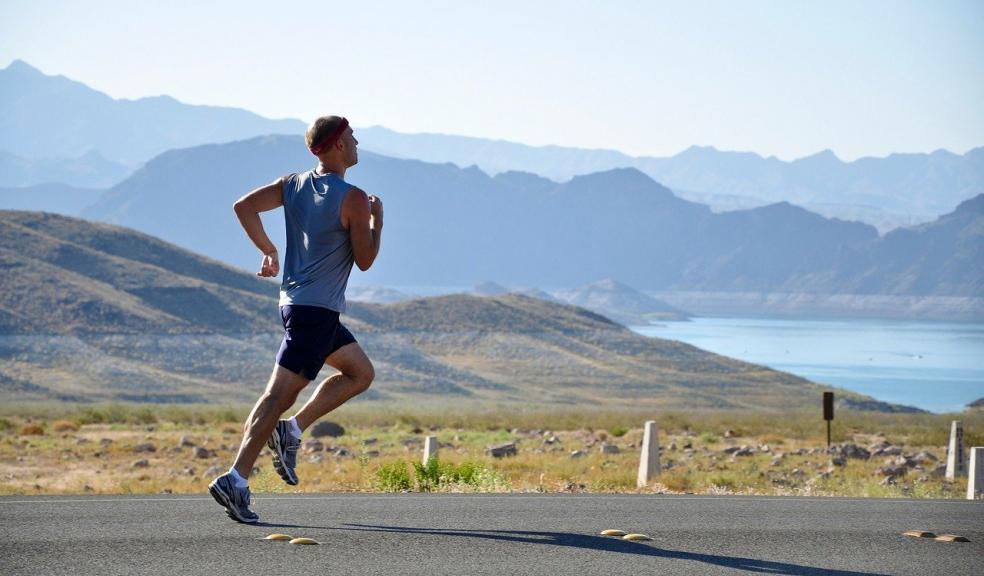
Running-Related Injuries And How To Prevent Them
Running is one of the most effective exercises that engage the entire body. While its benefits are undeniable, running can also result in injuries if you fail to address some things. Below are some of the common running-related injuries and how you can prevent them from happening.
1. Tight, Inflexible Muscles
Few runners include a stretching program or consider one an integral part of their training. Your muscles work overtime and are pushed to the limit when trying to build up their endurance, especially when training for a marathon or engaging in intense speed runs to improve your pace. You will manage to condition your body, changing your gait to accommodate soreness and tight joint. However, injuries could also occur.
Prevention Tips:
- A comprehensive stretching program could help prevent injury. Nonetheless, you must be diligent when stretching, more so after your runs.
- Take about five to ten minutes to rest and stretch after each run; it can make a significant difference.
- Include some massage using a foam roller or any other suitable equipment to help alleviate post-run muscle and tissue stiffness.
2. Muscular Imbalances
Focusing too much on your running muscles and forgetting the crucial role supporting muscles play can result in injuries. Some runners tend to have tight hip flexors because they over-train the muscles on the front of their thighs (quadriceps), creating an imbalance. To balance things out, you should also strengthen your back-thigh muscles (hamstrings). It will balance your lower body and reduce the risk of injury.
Prevention Tips:
- You can make a difference without pushing or lifting weights. Try doing around fifteen minutes of bodyweight workout routines twice or thrice weekly.
- Focus on your gluteal muscles, the adductors, abductors, and core muscles to balance your body and give it stability. It is a small investment with huge returns in minimizing and preventing injury.
3. Heel Striking
Heel striking occurs when the feet land in front of the hips when taking a step. It means that the heel hits the ground first, taking on the body’s weight during the impact. It is one of the common problems that new runners face, and it often leads to shin splints and joint pain.
Striking the heel first on the ground is a less efficient way or running since your brake with each step. According to a recent study, runners who hit the ground with their forefeet first have fewer joint pain and injuries around their knees and shin than those who strike their heel first. Plantar Fasciitis shoes are a great investment.
Prevention Tips:
- Try to land mid-foot by focusing on hitting the ground with your mid-sole. That means your foot will be directly underneath your body with each step.
- Keep your low arm swing short; it is crucial to maintaining quick, short strides close to the ground.
- Take light and quick steps as though you are walking or running on hot coals.
- Keep practicing how to land on your mid-sole, and it soon feels more natural.
4. Improper Foot Orientation
Running with your feet pointed out increases your likelihood of experiencing knee and ankle pains. Consider trying to avoid and sideways or twisting motions during your runs. Also, keep your legs and feet moving in a forward motion.
Prevention Tips:
- Run in a straight line to have your feet placement parallel with every step. It will help reduce the twisting or rotational movements of your knees and ankles.
- If your feet point out or naturally, running with them point straight can be a struggle at first. However, keep at it, doing them in short periods when running, and it will soon start feeling more natural and comfortable.
5. Poor Posture
The correct upper body posture or form is when you stay upright and feel relaxed with your shoulder back. If the shoulders hunch over, it will make breathing uncomfortable since the chest is compressed. Moreover, your lower back could start aching during and after your runs.
Prevention Tips:
- A strong core will make it easier to maintain the correct posture when running. Therefore, consider engaging in some core exercises that promote proper posture.
- Check your posture occasionally when running, like after every mile. Keep your shoulders raised to your ears then drop them to their natural (relaxed position).
6. Head Tilt
Your head might feel heavy towards the end of your run, mostly if you covered several miles. And if you fail to hold it up correctly, you could develop issues. If the head tilts back too far, it may strain the neck muscles. Conversely, holding it too far forward may lead to back and neck pain. It also could make it harder to breathe because your chest is compressed.
Prevention Tips:
- Maintain your head straight, centered above the shoulders and hips. Being mindful of such a placement could help you adjust your body where necessary, including your head, during your runs.
If you believe your running could benefit from some help, seek a seasoned running coach’s advice, or consider consulting an experienced physical therapist. You might need to engage in some targeted exercises to correct your muscle imbalances and weaknesses.













